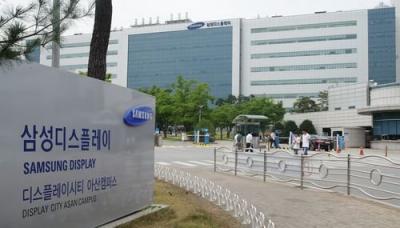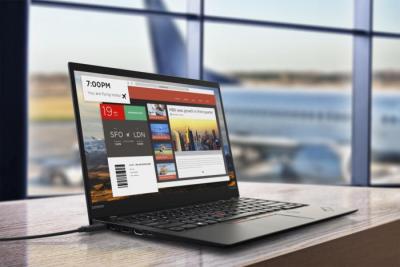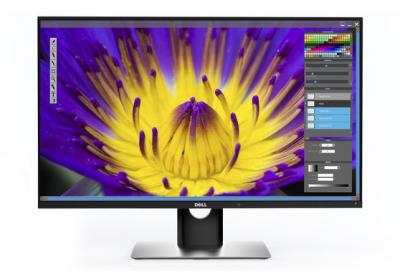In the past few weeks we heard many reports that following lower than expected OLED orders from Apple (due to disappointing iPhone X sales) Samsung Display has suddenly found itself with under utilized OLED production lines.

Samsung already said that it aims to find new customers for its OLEDs, mostly in smartphone makers in China. Some analyst say however that this won't be so easy as the higher costs of SDC's AMOLED displays deter some of its potential customers, who prefer to opt for lower-cost high-end 18:9 LCDs.
In August 2016 Samsung halted production of its newly-introduced 55-inch FHD transparent OLED commercial displays. The reason, at least according to some reports, was that Samsung preferred to use its production lines to produce smartphone OLEDs, as demand for these displays was so high back in 2016. But the situation now has changed, and Samsung may decide to re-start its transparent OLED production.

Samsung announced its 55" mirror and transparent OLED displays back in June 2015. In May 2016 the company announced its first customer (a hair salon in Seoul) and the company offered these transparent OLEDs to display system providers. In February 2015, Planar Systems unveiled a 55" Full-HD transparent OLED prototype. Planar started accepting orders for the Planar LookThru displays in November 2015 for $14,995. Eyevis also announced similar displays, and German-based Lang AG demonstrated a 55" transparent touch-enabled Full-HD OLED.
Samsung could also decide to produce more medium-sized AMOLED displays, targeting monitors, laptops and tablets. The company is already supplying tablet and laptop displays, but it seems it is not aggressive in this market. The last tablet to adopt an OLED was the Samsung Galaxy Tab S3 from February 2017 (although it is said that an AMOLED Tab S4 will be introduced in a few days). The only OLED laptop announced for 2018 was a high-end gaming laptop from Alienware. Both Lenovo and HP did not release a new OLED laptop this year (and both had OLED laptop models in 2017).

The first and last monitor to adopt an SDC AMOLED was Dell's Ultrasharp UP3017Q, a high-end 30" 4K monitor that was introduced in early 2016, cancelled, revived and then cancelled again. The UP3017Q price was $3,499 - this was never meant to be a mass market monitor.

While low efficiency in mostly-white user interfaces and burn-in / image retention are both serious problems for OLEDs in monitors, laptops and tablets, the main issue holding back OLED adoption in such devices is price. If Samsung diverts enough capacity for these medium-sized applications, it could lower prices and hopefully find a large market for its AMOLED displays.

